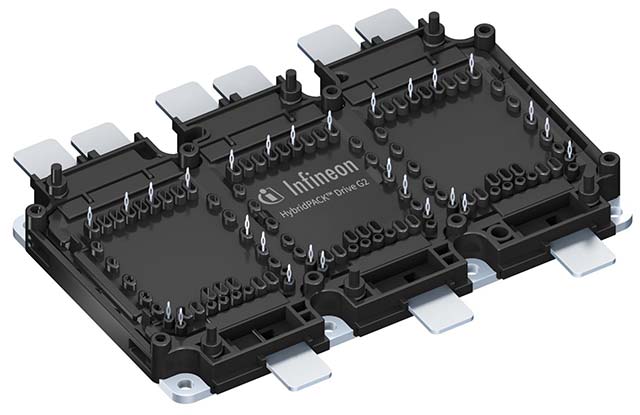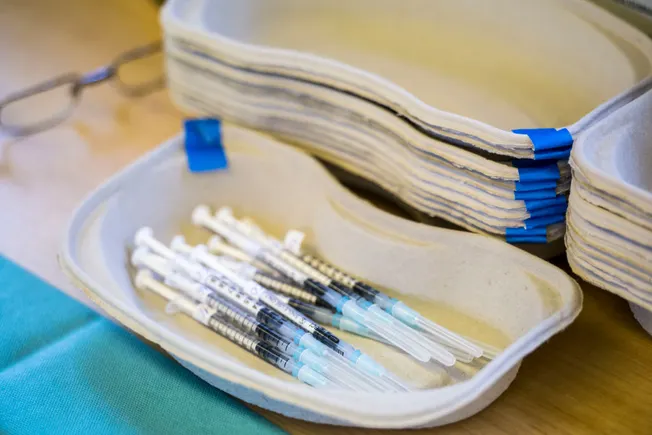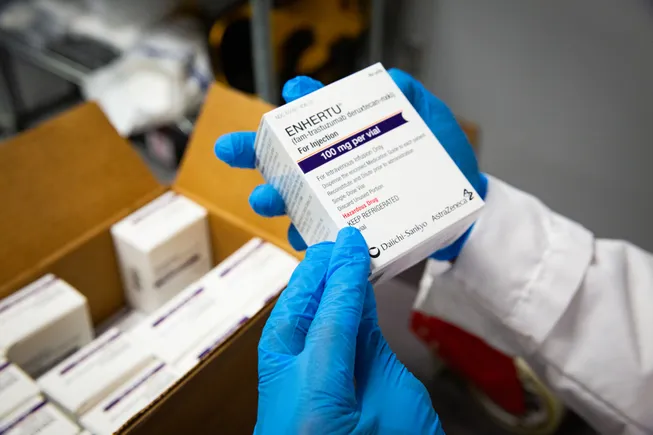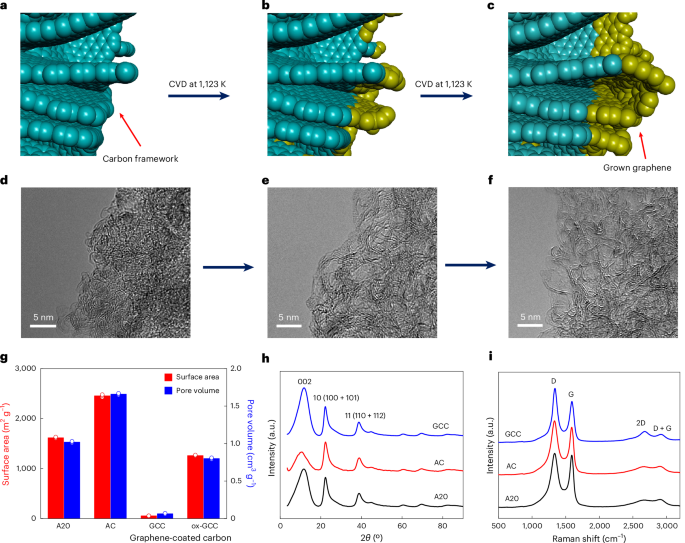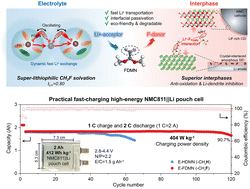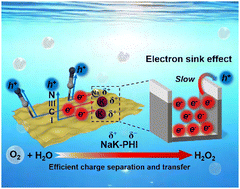Membrane Intercalation of a Conjugated Oligoelectrolyte Photosensitizer Enables Efficient Anticancer Photodynamic Therapy
Advanced Healthcare Materials, EarlyView.

Conjugated oligoelectrolytes (COEs) are a promising platform for developing molecules that self-assemble with biological membranes. It is shown that a porphyrin-containing COE features high cellular uptake, in vivo imaging capabilities, and prolonged tumor retention of up to 21 days. Irradiation with light results in efficient anticancer photodynamic efficacy, demonstrating the potential of these lipid bilayer probes for in vivo theranostic applications.
Abstract
Photodynamic therapy (PDT) complements traditional chemotherapeutic methods by leveraging an external optical stimulus to target and eradicate tumor cells. Photosensitizers with favorable photophysical properties are, however, often hampered by poor biodistribution and inadequate cellular uptake, highlighting the need for novel molecular design strategies. Conjugated oligoelectrolytes (COEs) are a class of optical reporters that readily incorporate within cells due to their lipid bilayer mimicking molecular topology. Herein, a COE-derived photosensitizer, COE-PP, which features a central porphyrin core flanked by ionic pendant groups is disclosed. COE-PP has a solubility in aqueous media of >20 mm, yet the membrane-mimicking molecular topology enables high cellular uptake and prolonged retention of the COE in vitro and in vivo of up to 21 days. COE-PP is an effective phototheranostic agent for simultaneous tumor imaging and eradication, with the generation of reactive oxygen species (ROS) upon illumination. The membrane localization of COE-PP promotes cell death during PDT by ROS and through downstream pathways involving lysosomal membrane permeabilization. These synergistic effects enable effective treatment of COE-containing tumors. From a broad design perspective, the molecular architecture of COE-PP demonstrates the potential of utilizing lipid bilayer-mimicking molecular topologies to design phototheranostic molecules that offer spatiotemporal control for therapeutic interventions.

























